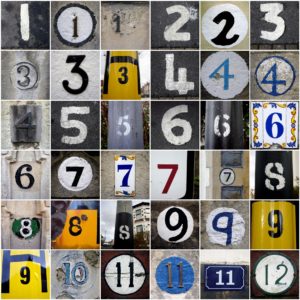 Bees collect pollen as their only protein source and it is ultimately converted to bee bread. Both pollen and bee bread are a necessary part of the diet for larvae and young bees during the first two weeks of life. Nectar is used as an energy source and ultimately converted to honey.
Bees collect pollen as their only protein source and it is ultimately converted to bee bread. Both pollen and bee bread are a necessary part of the diet for larvae and young bees during the first two weeks of life. Nectar is used as an energy source and ultimately converted to honey.
As May approaches plants which bloomed in April begin to wane and nectar sources of interest in May will be clover, blueberry and huckleberry, wild geranium, Hawthorne, and Black Locust. Pollen will be found in dandelions, pussy willow, flowering quince, tulip tree, and various fruit trees.
Take note of any extensive wet weather which could prevent the bees from foraging. In that case you will need to feed either frames of honey or 1:1 cane sugar syrup. For over-wintered hives consider spring re-queening and/or splitting the hives.
On warm days, begin regular checks for new eggs, brood pattern, population level, and swarm cells. Try to deter swarming by reducing crowding in the brood nest.
All medications except non-terramycin grease patties should be removed by mid-May if you intend to collect honey. If colonies are of sufficient strength, add honey supers two weeks in advance of the blackberry nectar flow unless you are absolutely certain they have excess room in the brood nest and would rather concentrate on building up colony strength. Be on the lookout for garage sales which often have inexpensive canning jars.
Bee Facts:
1) When a bee collects pollen she can pack in between 0.0035 and 0.0042ounces per trip which is about half of her body weight.
2) A colony collects 40-125 pounds of pollen per year which is brought in by 15-30% of the foragers.
Source: Diana Sammataro – “The Beekeeper’s Handbook”